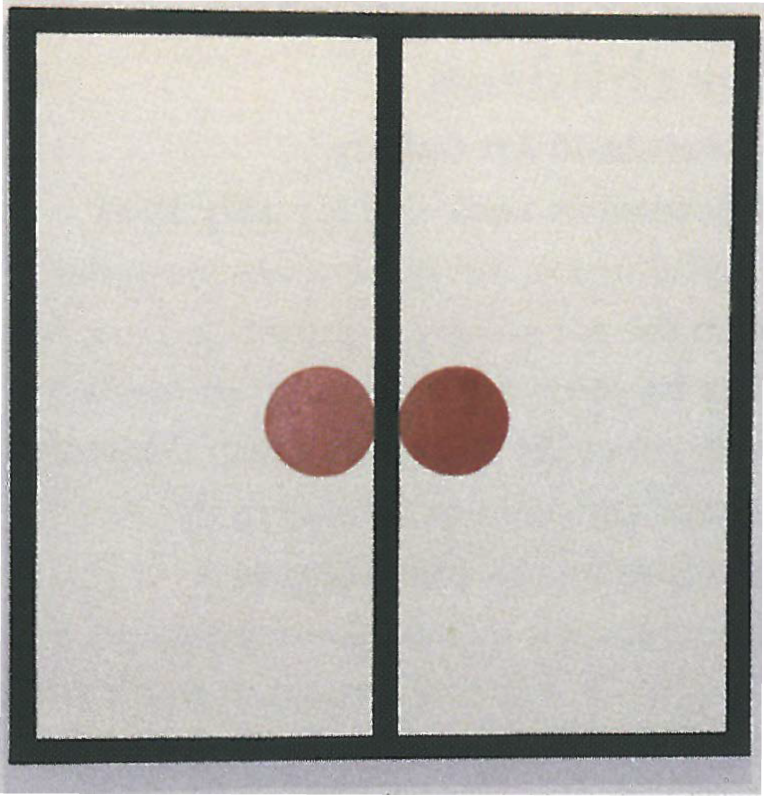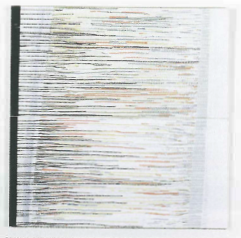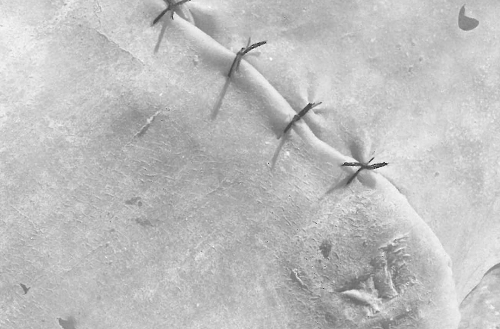
It is a strange experience to see an exhibition of mostly good work which as a totality looks somehow bland and false. The fundamental reason for the spurious feel of the inaugural Bank West Art Prize was its contrived homogeneity.
Twenty-two mid-scale two-dimensional works: all the same size within a few centimetres! A visitor coming into PICA to see this exhibition and taking it at face value would be amazed by the smooth coherence and limited range of art in Western Australia today: no performance works, no sculpture, no video - just paintings and a few painterly colour photographs.
Rather than claiming false advertising, let's call it unfortunate nomenclature. Although there is nothing in the catalogue to so inform the public, the invitation to exhibitors was limited to two-dimensional works within a very tight upper and lower size limit. It should have been promoted as a painting or 2D award rather that an 'art' prize. This may be a slip-up, but in context looks rather like an effort to assert that boardroom-sized painting is art (or the art that matters).
Many artists understood the criteria to require a work newly completed for this show, an unenforceable demand; and again an attempt to impose a very restrictive paradigm.
About half the paintings are abstracts dealing with issues of surface etc.. Some evoke nostalgia for the 1970s; but many are well conceived and realised, as too are several strong figurative works addressing domestic and industrial themes. The prize went to an uninteresting untitled hard-edge acrylic by the diligent Trevor Vickers.

Searching for a way to understand this exhibition and the prize award, it is impossible not to notice that the curator of the exhibition is a local art dealer; and so also is one of the 'independent curators' among the three judges. The catalogue reveals (to those who know these affiliations) that five artists including the prizewinner are represented by the exhibition curator's gallery.
When asked to write this review, I was told that none of the usual suspects initially approached were prepared to do it. I was warned that it was sensitive, but not told why. Then I saw the exhibition, and understood.
This scenario might be just an artefact of the smalltown Perth art scene where everyone knows everyone, so only an outsider or relative newcomer dares question the emperor's attire. But on consideration, the more disturbing idea emerges that it relates to the commercial and institutional dynamics of the art market in this economic rationalist, late capitalist era.
One painting seems to comment directly on the problem embodied in the exhibition, albeit by a cruel satire. Concetta Petrillo's parody of Leonardo's Last Supper features Perth artworld identities, more from the 1980s and early 1990s than today's professional generation - at least that is who they seem to be, on the basis of those faces which are barely recognisable. Presumably the crude likenesses result from the artist working from glimpses or photographs, without the subjects' permission or endorsement. The place of Jesus is occupied by a recently retired uni lecturer and newspaper reviewer, apparently implying that this man thinks he is divine. The further implication is that those cast as the disciples share this delusion. The alternative interpretation, i.e. that it is not a satire, is even more embarrassing.
The last thing we want is to discourage a well-intentioned sponsor. Art needs more of them; but sponsors must be protected and well advised, which does not necessarily mean advised by dealers and others who risk a conflict of interest if they have financial interests in the careers and reputations of particular artists and modes or styles of art.
The sponsor, Bank West, has done good things: funding a prize exhibition, committing to acquiring local contemporary art, and buying a number of the best works in this show. Thus it is painful to have to say this, and I apologise to the sponsor: please don't give up - just ensure that in future years the selection processes are transparent and managed by appropriate experts at arm's length from the artists.
The Bank West Contemporary Art Prize is a great idea; and we can only hope that it will continue and improve, and that the sponsors will not be disillusioned by the way it turned out in its inaugural year.












